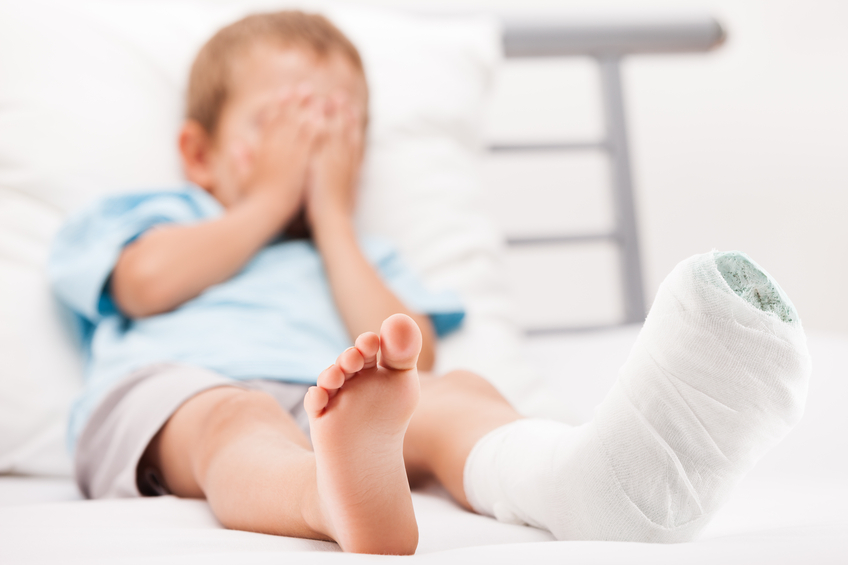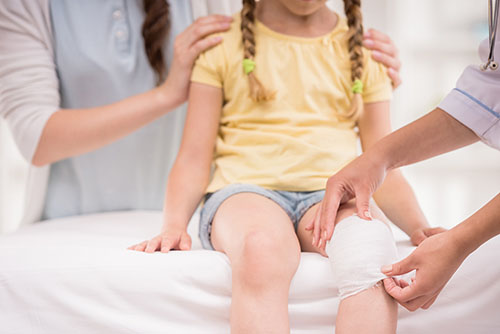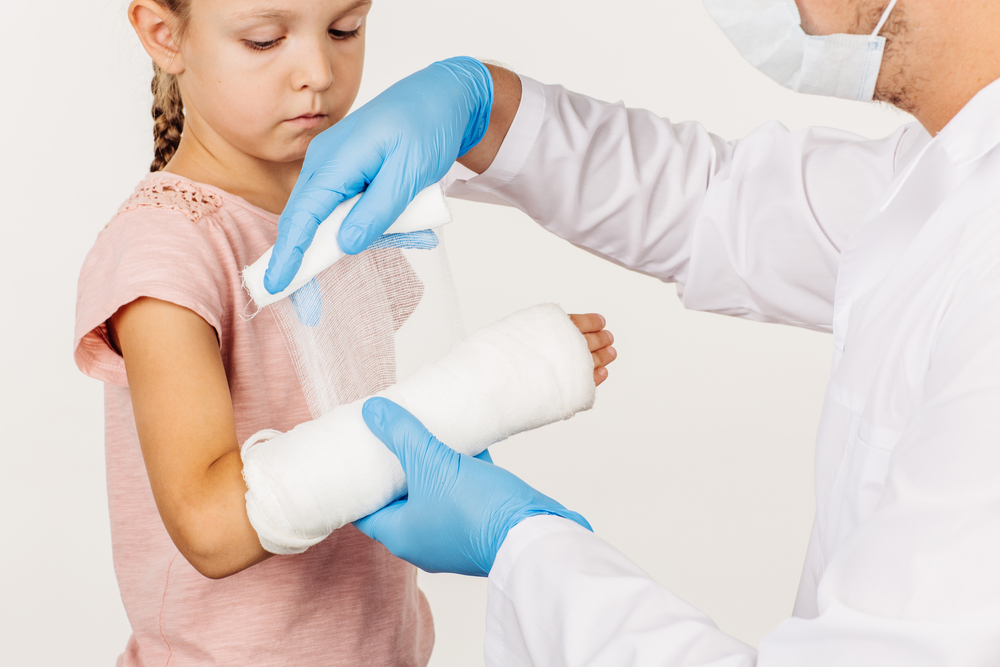Sports-Related Orthopaedic Injuries in Kids demand our utmost attention to ensure the safety of children participating in sports. Preventive measures can mitigate the risk of such injuries and contribute to a positive and active childhood experience.

Ways to Prevent Sports-Related Orthopaedic Injuries in Children:
- Proper Warm-Up and Stretching: Before engaging in any sports activity, children should perform adequate warm-up exercises and stretching routines. This helps prepare the muscles and joints for physical exertion, reducing the likelihood of strains and sprains.
- Appropriate Sports Equipment: Providing children with the right sports equipment is essential. Well-fitted shoes, protective gear, and properly sized equipment can enhance safety during play and minimize the risk of injuries.
- Supervision and Coaching: Adult supervision and professional coaching are crucial components of injury prevention. Trained coaches can educate children on proper techniques, correct form, and safe play, reducing the chances of accidents.
- Encouraging Cross-Training: Diversifying sports activities can contribute to a well-rounded physical development. Encouraging children to engage in various sports helps prevent overuse injuries associated with specializing in a single activity.
- Rest and Recovery: Adequate rest is essential for preventing injuries, especially in growing bodies. Scheduled rest days and proper sleep contribute to the body’s ability to recover, reducing fatigue-related injuries.

Preventive Measures to Avoid Sports Injuries:
- Implementing Safety Guidelines: Enforce and communicate safety guidelines for each sport. Children should be aware of the rules and regulations, promoting responsible and safe play.
- Hydration and Nutrition: Proper hydration and nutrition play a vital role in injury prevention. Well-hydrated and well-nourished bodies are better equipped to handle the physical demands of sports.
- Regular Health Check-ups: Periodic health check-ups can identify any underlying issues that might increase the risk of injuries. Early detection allows for timely intervention and prevention.
- Promoting Open Communication: Encouraging children to communicate any discomfort or pain is crucial. Addressing minor concerns promptly can prevent them from escalating into more severe injuries.
Avoiding Injury-Prone Situations in Sports:
- Understanding Physical Limitations: Recognizing and respecting a child’s physical limitations is key. Pushing beyond these limits increases the risk of injuries, especially in developing musculoskeletal systems.
- Balancing Competition and Fun: While competition is inherent in sports, ensuring that children are enjoying the activity is equally important. Balancing competition with a focus on fun helps maintain a positive sports experience.
- Age-Appropriate Activities: Tailoring sports activities to the child’s age and developmental stage is crucial. Age-appropriate exercises and drills prevent exposure to situations that may strain growing bodies.

Most Common Sports Injury in Children:
Despite preventive measures, certain injuries may still occur. One of the most common sports-related orthopaedic injuries in children is the sprained ankle. Quick directional changes, improper landings, or collisions can result in ankle sprains. Prompt attention to such injuries ensures proper healing and reduces the risk of long-term complications.

Conclusion:
In conclusion, safeguarding children from sports-related orthopaedic injuries involves a multifaceted approach. From proper warm-ups and equipment to emphasizing open communication and promoting age-appropriate activities, these preventive measures contribute to a safer and more enjoyable sports experience for children. Parents, coaches, and guardians play pivotal roles in creating an environment that prioritizes the well-being of young athletes.
Know More About Preventing Sports Injuries In Children
